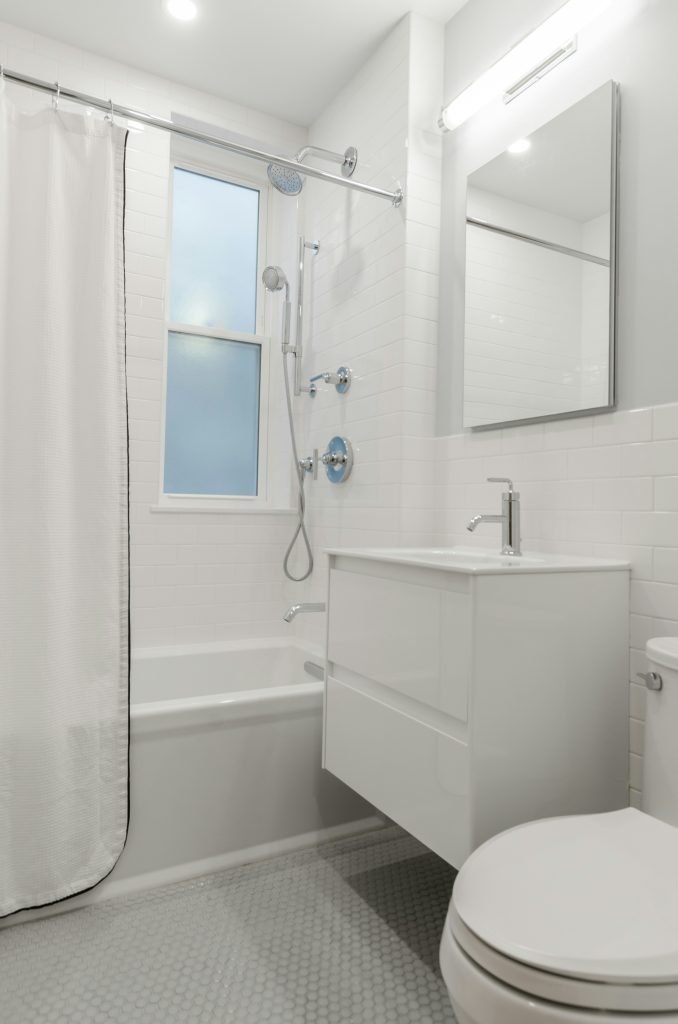Proper ventilation in bathrooms is crucial for maintaining a healthy and comfortable living environment. By ensuring airflow through the use of exhaust fans or windows, you can effectively reduce moisture and humidity levels, which in turn prevents the growth of mold and mildew. Additionally, good ventilation helps eliminate unpleasant odors and improves overall air quality, making your bathroom a more pleasant space to use. Understanding the significance of proper ventilation not only protects the structural integrity of your home but also promotes better health for you and your family. Have you ever walked into a bathroom and noticed a musty smell or seen mold lurking around the corners? If so, you’ve encountered the negative effects of poor ventilation. Ensuring proper ventilation in your bathroom isn’t just about comfort; it contributes to a healthier and more pleasant living environment.
Why is Bathroom Ventilation Important?
Moisture Control
Bathrooms are naturally humid environments due to showers, baths, and sinks. Without proper ventilation, this moisture accumulates, creating a haven for mold, mildew, and bacteria. This not only affects the aesthetics of your bathroom but also impacts indoor air quality and your health.
Odor Management
No one enjoys walking into an odorous bathroom. Ventilation helps in swiftly removing unpleasant smells, ensuring that the space remains inviting and comfortable for everyone who uses it.
Enhances Air Quality
Ventilation ensures a steady exchange of outdoor and indoor air. This process helps to rid your bathroom of pollutants, allergens, and microbes, enhancing the air quality and making the space healthier for everyone.
Prevents Structural Damage
Excess moisture can seep into walls, ceilings, and floors, leading to structural damage over time. Proper ventilation helps to prevent this, saving you from potentially expensive repairs and maintaining the integrity of your home.
Types of Bathroom Ventilation
Natural Ventilation
Natural ventilation relies on windows and passive vents to facilitate air circulation. While it’s more energy-efficient, it may not be sufficient for bathrooms that lack sizable windows or those located in areas with high humidity levels.
Mechanical Ventilation
Mechanical ventilation involves exhaust fans to ensure effective air exchange. This type is generally more effective in maintaining optimal humidity levels and air quality.
| Type | Advantages | Disadvantages |
|---|---|---|
| Natural Ventilation | Cost-effective, energy-saving | Less effective in high humidity |
| Mechanical Ventilation | Highly effective, customizable | Higher energy consumption, installation cost |

This image is property of images.unsplash.com.
Features to Look for in a Bathroom Vent Fan
Airflow Capacity
Measured in cubic feet per minute (CFM), airflow capacity indicates how much air the fan can move. For bathrooms under 100 square feet, a fan with 1 CFM per square foot is usually adequate. Larger bathrooms may require more power.
Sound Level
Nobody wants a noisy fan interrupting their relaxation. Look for a fan with a low sone rating (under 1.5 sones) for quieter operation.
Energy Efficiency
Energy-efficient models can save money on electricity bills and are often more environmentally friendly. Look for Energy Star-rated products.
Additional Features
Some modern fans come with extra features such as built-in lighting, heaters, or humidity sensors, adding an extra level of convenience and functionality.
Installation Tips for Effective Ventilation
Correct Placement
Placement is crucial for effective ventilation. Ideally, the fan should be installed near the shower or bathtub, where moisture is highest. For larger bathrooms, you might need more than one fan to ensure adequate coverage.
Proper Ducting
Ensure that the ducting is as straight and short as possible, leading directly outside. Long or complicated duct routes can reduce the efficacy of the ventilation system.
Regular Maintenance
Proper installation is only half the battle; regular maintenance is equally important. Clean the fan and ducts periodically to ensure they remain free from dust and debris. This will also prolong the lifespan of your system.

This image is property of images.unsplash.com.
Alternatives to Traditional Ventilation Methods
Dehumidifiers
In cases where installing a ventilation system is impractical, a dehumidifier can help manage moisture levels. While not as effective as proper ventilation, it can serve as a temporary or supplementary solution.
Venting Shower Doors
Venting shower doors have small openings that allow the steam and moisture to escape, helping to reduce humidity levels.
Moisture-Resistant Materials
Using moisture-resistant materials like tile, vinyl, and specific paints can help minimize the impact of high humidity. These materials are less likely to harbor mold and can contribute to a cleaner bathroom environment.
Common Signs of Poor Bathroom Ventilation
Persistent Odors
If your bathroom constantly smells musty or foul, it’s a clear indication that it lacks adequate ventilation.
Mold and Mildew Growth
Mold and mildew thrive in moist environments. Their presence is a telltale sign that your bathroom isn’t vented properly.
Peeling Paint or Wallpaper
Excess moisture can cause paint and wallpaper to peel or bubble. If you see these signs, it’s time to improve your ventilation.
Foggy Mirrors and Windows
While a foggy mirror post-shower is normal, if it takes hours to clear up, it’s a sign that your ventilation system isn’t doing its job effectively.

This image is property of images.unsplash.com.
Health Implications of Poor Ventilation
Respiratory Issues
Mold spores and other allergens can aggravate respiratory conditions such as asthma and allergies. Good ventilation helps reduce these pollutants, promoting better respiratory health.
Skin Irritation
High humidity levels can exacerbate skin conditions like eczema. Proper ventilation can help maintain a balanced humidity level, contributing to better skin health.
General Discomfort
Beyond specific health issues, poor ventilation can create a generally uncomfortable environment. It’s hard to relax and enjoy your bathroom if it’s perpetually humid and musty.
The Environmental Impact
Energy Inefficiency
Poor ventilation can lead to excessive use of heating or cooling systems, increasing your home’s overall energy consumption. Effective ventilation helps maintain a more consistent and comfortable indoor temperature, reducing the need for additional energy usage.
Resource Waste
Moisture damage often necessitates repairs and replacements, leading to unnecessary resource consumption. By maintaining proper ventilation, you can prolong the life of your bathroom’s materials and contribute to a more sustainable living space.
Conclusion
Proper bathroom ventilation is crucial for maintaining a healthy, comfortable, and energy-efficient home. From controlling moisture and odors to preventing structural damage and enhancing air quality, the benefits are manifold. Whether you opt for natural, mechanical, or a combination of both types of ventilation, taking steps to ensure your bathroom is well-ventilated is an investment in your home’s longevity and your overall well-being.
So next time you notice a musty smell or foggy mirrors, take it as a cue to assess your bathroom’s ventilation needs. Your home, your health, and even your wallet will thank you for it.
Final Thoughts
Maintaining proper ventilation is easier than it may seem. With some knowledge and a bit of effort, you can transform your bathroom into a more pleasant and healthier space. Remember, a well-ventilated bathroom is not just a luxury; it’s a necessity for a happy home.




